
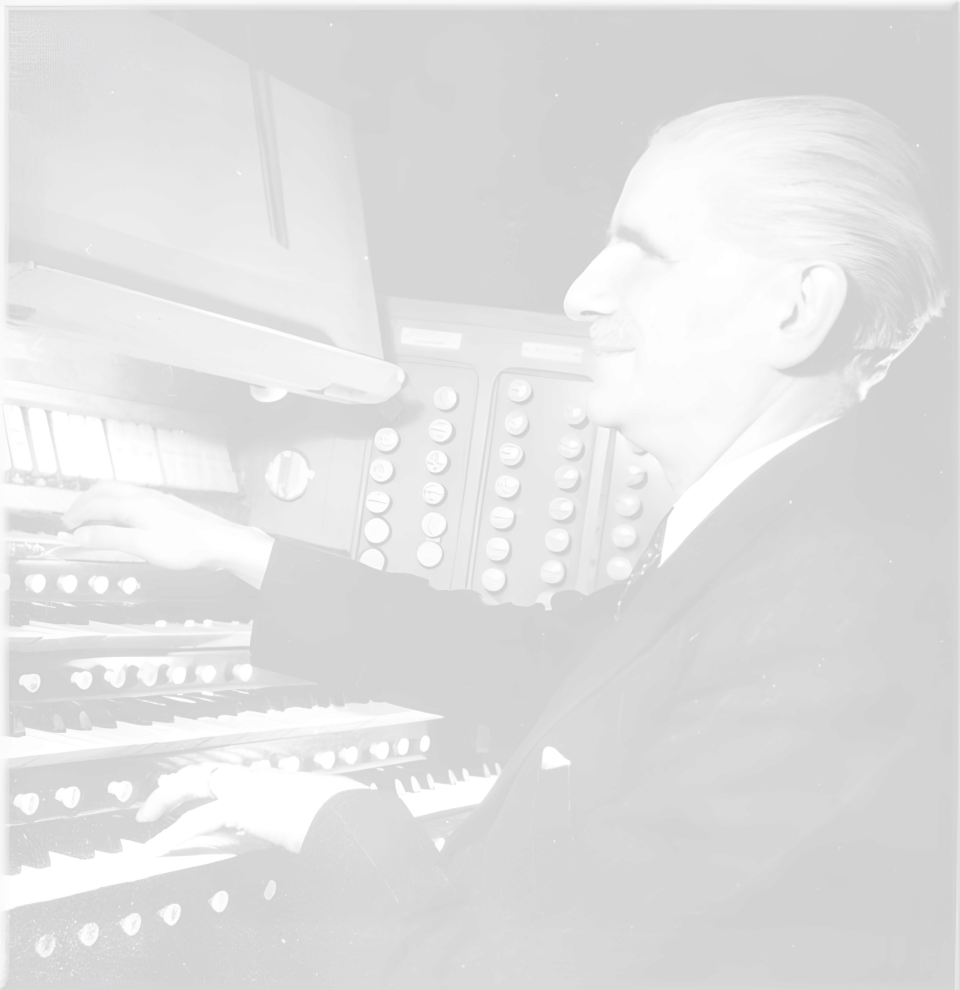

ORGANS OF PARIS © 2025 Vincent Hildebrandt HOME ALL ORGANS



The
Canadian
organist
Philip
Crozier
had
the
privilege
of
studying
privately
with
the
legendary
André
Marchal
between
1978
and
1980
—
an
experience
that
proved
deeply
formative.
These
sessions
offered
rich
insights
into
repertoire and interpretation, capturing Marchal’s artistry and wisdom in his own voice.
Held
at
Marchal’s
home
in
Paris,
the
lessons
were
recorded
by
Crozier
on
cassette,
with
Marchal’s
daughter
Jacqueline present to provide instantaneous translations from French to English.
Now,
45
years
after
Marchal’s
passing,
these
historic
recordings
are
being
released
to
honour
and
preserve
his
teaching legacy.
Read the introduction to these recorded lessons with André Marchal by Philip Crozier.
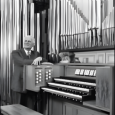

The house organ of André Marchal
The organ at rue Duroc in Paris was originally meant to be an instrument for daily practice: two manuals and pedal, built by Gütschenritter. As years went by, my father’s repertoire increased, as did his ambitions and the number of friends who came to hear him. Thus, Marchal had a three-manual concert organ built in his studio. This expansion was achieved gradually, each step coinciding with his return home after international tours. In 1934, the pedal action was replaced by an electric one, allowing with the addition of 24 pipes the extension of the soubasse to 32′ acoustical, 16′, 8′, 4′, and 2′. After the end of World War II, Victor Gonzalez took over and some modifications that were reflective of the aesthetics of Marchal and Gonzalez took place. In 1954, the Marchals enlarged the studio and the organ, original chests and tracker action were preserved and a third manual, an unenclosed Positif, was added, the manual placed underneath the Great and connected to its chest by electric action. On that occasion, the organ was named “Phillipe-Emmanuel”. Source The photos are of Marchal at his house organ, before and after the enlargement in the 1950s.
The André Marchal Lessons
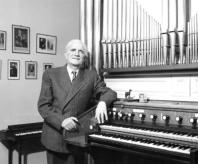



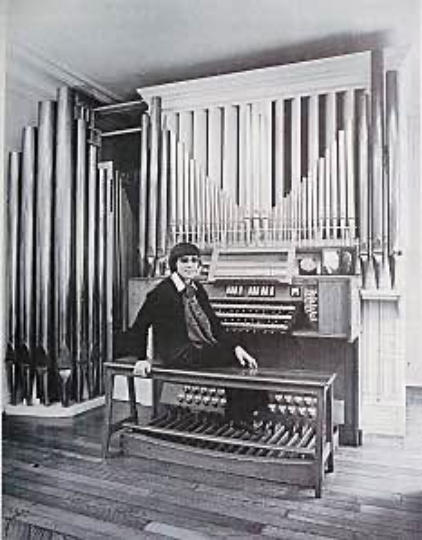
Programs of recitals of Marchal
1947-1948 Cleveland Museum of Art A series of ten recitals given by Marchal in 1947-1948 in the Cleveland Museum of Art entitled The Large Forms Of Music For Organ . More than one hundred works in that series without duplication. Source - Philip Crozier
Organs of Paris
ORGANS OF PARIS © 2025 Vincent Hildebrandt ALL ORGANS 

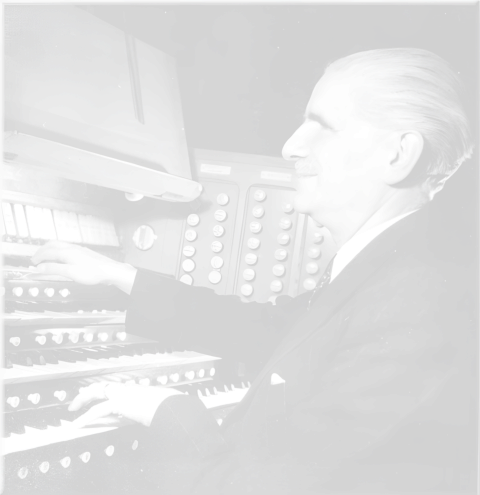
The
Canadian
organist
Philip
Crozier
had
the
privilege
of
studying
privately
with
the
legendary
André
Marchal
between
1978
and
1980
—
an
experience
that
proved
deeply
formative.
These
sessions
offered
rich
insights
into
repertoire
and
interpretation,
capturing
Marchal’s
artistry and wisdom in his own voice.
Held
at
Marchal’s
home
in
Paris,
the
lessons
were
recorded
by
Crozier
on
cassette,
with
Marchal’s
daughter
Jacqueline
present
to
provide
instantaneous
translations
from French to English.
Now,
45
years
after
Marchal’s
passing,
these
historic
recordings
are
being
released
to
honour
and
preserve
his teaching legacy.
Read the introduction to these recorded lessons with
André Marchal by Philip Crozier.
The house organ of André Marchal
The organ at rue Duroc in Paris was originally meant to be an instrument for daily practice: two manuals and pedal, built by Gütschenritter. As years went by, my father’s repertoire increased, as did his ambitions and the number of friends who came to hear him. Thus, Marchal had a three-manual concert organ built in his studio. This expansion was achieved gradually, each step coinciding with his return home after international tours. In 1934, the pedal action was replaced by an electric one, allowing with the addition of 24 pipes the extension of the soubasse to 32′ acoustical, 16′, 8′, 4′, and 2′. After the end of World War II, Victor Gonzalez took over and some modifications that were reflective of the aesthetics of Marchal and Gonzalez took place. In 1954, the Marchals enlarged the studio and the organ, original chests and tracker action were preserved and a third manual, an unenclosed Positif, was added, the manual placed underneath the Great and connected to its chest by electric action. On that occasion, the organ was named “Phillipe-Emmanuel”. Source The photos are of Marchal at his house organ, before and after the enlargement in the 1950s.The André Marchal
Lessons























